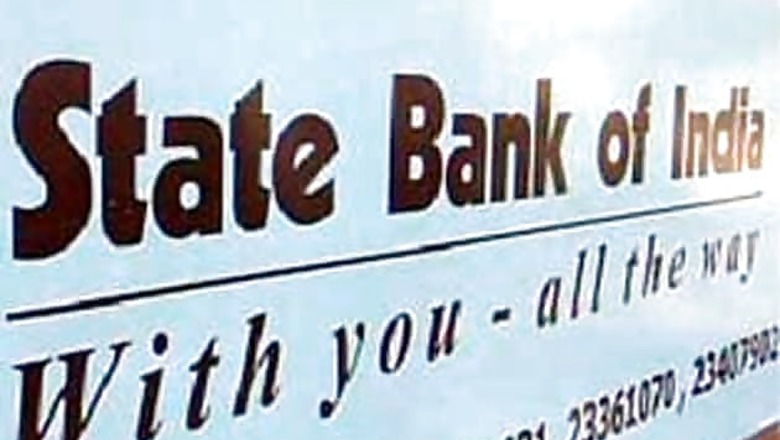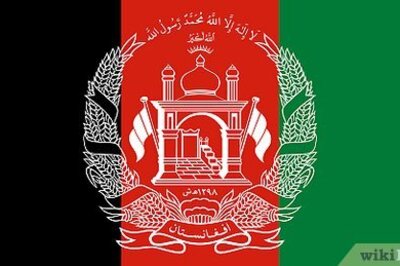
views
1. Mining Moguls
The unexpected winding up of the Shah Commission, which was investigating illegal mining, may have raised environmentalists' eyebrows, but the Indian mining sector is looking forward to a better year. Mining had stalled for about two years, hurting mining and steel companies like Sesa Goa and JSW Steel. Karnataka has taken steps to open over 90 mines cleared by the Supreme Court. Sesa Goa, owned by billionaire Anil Agarwal, now has the go-ahead for a lapsed mining lease in Goa. The mine has a capacity to produce 2.3 million tonnes of iron ore a year and will help Agarwal get back into business. This is also good news for JSW and smaller sponge iron manufacturers that operate in the state who were forced to cut production because of raw material shortage.
Prospects for miners in Goa might not be as sanguine. In late 2013, the Supreme Court kept the ban on Goa's iron ore mining but allowed sale of a stockpile of 11 million tonnes. The mining ban, various estimates say, has cost the Indian government $10 billion in revenues in the last two years. But with gradual easing over the next two years, most companies will likely regain lost ground.
2. Tata Steel
A better-than-expected performance in the first two quarters of FY14 has led to hope of a turnaround at Tata Steel. Profits rose to Rs 917 crore, compared to a loss of Rs 364 crore a year earlier. The most encouraging sign is a rise in demand in European economies, including the UK which has most of Tata Steel's units.
The optimism is shared by European rival ArcelorMittal. Both companies hope that the two-year slump in steel demand is over. Efforts to lower costs are relentless-Tata Steel is estimated to have saved Rs 380 crore in the first quarter. The European steel federation, Eurofer, had warned of subdued demand in 2013; it has forecast a better 2014. Tata Steel has also fared better in its domestic operations, thanks to a weaker rupee that limited imports. Margins improved after the company raised prices in India. It helps that recently appointed managing director, TV Narendran, is reorganising the management in India. However, the largest Indian steel company still faces challenges: It has a debt of about Rs 64,000 crore and its most ambitious project, the Kalinganagar plant in Odisha, is racing to meet its completion deadline of October 2014. In Europe, Tata Steel announced another 500 job cuts.
3. State Bank of India
For more than three years now, there has been a disturbing trend in SBI. Bad loans have been mounting and the country's largest bank has struggled to improve asset quality. The blight of lending to dud promoters like Vijay Mallya has dented the bank's perception in investors' minds. Valuation and earnings have remained under pressure throughout this time.
Over the past few quarters, the focus has been on underwriting high-quality credit in the large and mid-corporate segments and being cautious in the SME and agri segments. Domestic deposit growth has continued at a decent 14 percent year-on-year, aided by term deposits. But the bank still trails sister public sector banks like Punjab National Bank and Bank of Baroda in terms of return on asset delivery. Just after the new chairman Arundhati Bhattacharya took over, SBI's profit after tax (for the quarter ended September 2013) fell 35 percent from a year earlier, as the bank made provisions for the deterioration in its credit quality. This was the sharpest year-on-year decline in the lender's quarterly net profit in two years.
Bhattacharya's predecessor, Pratip Chaudhuri, had an even more harrowing experience when he took charge in April 2011. In his first quarter as SBI chairman, the bank reported its lowest quarterly profit in over a decade. The net profit had plunged 99 percent on a year-on-year basis.
But optimism is in the air now, with new decisive steps being taken at the bank. The focus is on investments in technology. Net interest margins are slowly expanding and there is better focus on costs. Analysts expect this to cushion the provisions for investments and credit costs and lead to a growth in earnings. Bank insiders say the credit-quality stress has led to much higher due diligence, and more resistance to pressures from political quarters. The management guidance is for a restructuring pipeline of Rs 10,000 crore over the next few quarters; most of this is already complete. The year 2014 should be the beginning of the long road back.
4. Future Retail
The last two years have been tough for the Raja of Retail. During the boom years, Kishore Biyani took on oodles of debt to finance what were-and are-incredibly ambitious plans. While this worked okay in the go-go years, when the economy slowed it was all in danger of crashing down. At one point Biyani was saddled with Rs 6,000 crore in debt and interest payments crushed his profitability.
He began the U-turn by selling off Pantaloons (the business he started off with) and Future Capital. He then split his businesses into Future Retail and Future Lifetsyle Fashions to focus on the hypermarket and apparel formats. This allows investors to get a clearer picture on what they are investing into. Smaller formats like eZone and Home Town are showing signs of a turnaround-a reflection of the time he has spent getting down to the nitty gritty of the business.
For now the market is not buying his comeback plan and Future Retail is quoting at multi-year lows. But in these high inflationary times Biyani has his value proposition intact. We reckon this could be his best shot at being the comeback king.




















Comments
0 comment